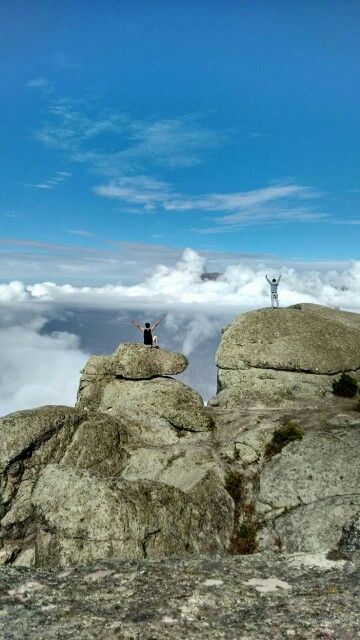Health
Peru is a country where many cities are at an altitude of over 10,000 feet (3000 meters). For people suffering from cardiovascular or breathing problems, we would highly recommend you consult a specialist doctor before traveling.
Altitude sickness can translate into the following symptoms: fatigue, headaches, nausea, loss of appetite, dizziness, insomnia. A stop in Arequipa (7600 ft / 2300 m) is ideal before heading up to Cusco (11,000 ft / 3350 m) and Puno (12,600 ft / 3800 m) so that your body will adapt to the lack of oxygen. In order to fight altitude sickness in the most natural way possible, rest is absolutely necessary. It is also important to remain hydrated and avoid overeating. Aspirin and Diamox are commonly used, but the supposed benefits of the coca leaf are more doubtful. Our partner hotels in the cities at a higher altitude always keep a stock of oxygen, in case of emergency. In the event of aggravated symptoms, do not hesitate to ask the hotel reception or your English-speaking representative to call a doctor. We highly discourage setting off on any trek or excursion if you are suffering from altitude sickness.
No special vaccinations are needed in order to enter Peru. However, the vaccination against the yellow fever is recommended if you intend to travel to the Amazon, and should be done at least 10 days before your trip.
The risk of malaria is present in Peru in the Amazonian area. Make sure you cover up, and use insect repellent on your skin and clothes. Whatever your destination in the Amazon, the lodges we work with are always equipped with mosquito nets. During your visit to Machu Picchu, we also recommend using anti-mosquito nets.
The sun is very strong in Peru, particularly at a high altitude. Make sure to use some good sunglasses, a hat, lip balm containing SPF, and sun screen of an SPF of 40 minimum.



Follow us!